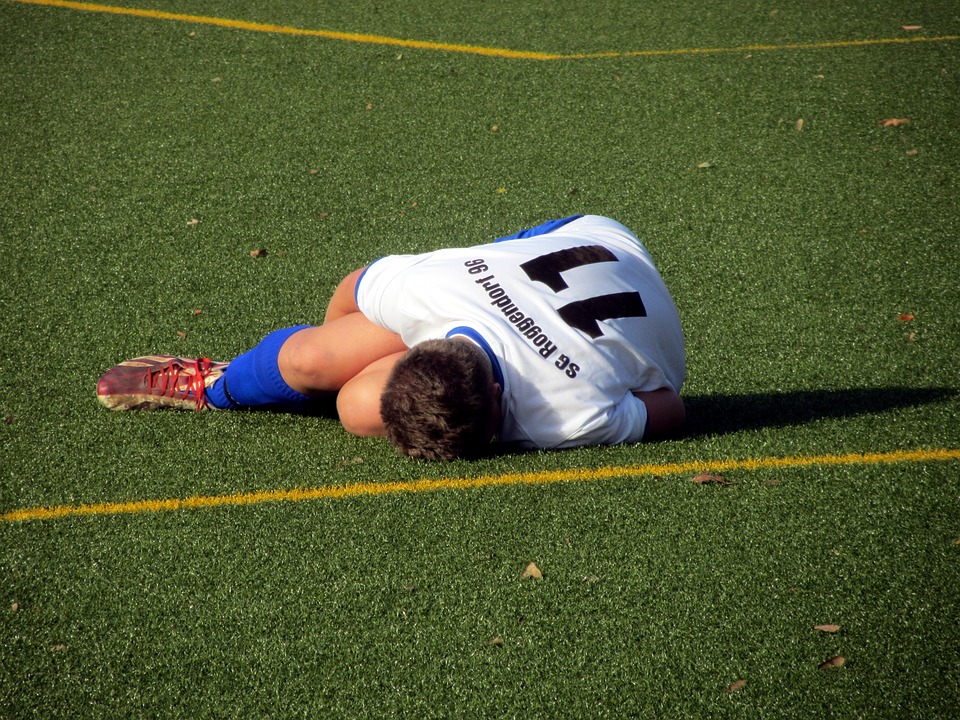
High School Football Injuries Take New Light After Young Quarterbacks Dies After Hit
The death of a high school football player due to football injuries purportedly sustained on the football field this past weekend has brought new light to the dangers to school sports. An average of 12 football players die annually on the practice and playing fields.
According to the New Jersey school district, the teen died after sustained injuries on the football field. The official statement did not release the cause of death or what injuries the young man received while playing.
According to a study conducted by the New York Daily News in 2013, football-related deaths among high school and college football players are surprisingly common. According to the report, about 12 boys die in football-related deaths each year during games or practices. The study found that heat, heart problems, and other non-traumatic injuries were twice as likely to result in death as injuries. [September 2015, http://abcnews.go.com/US/nj-high-school-football-player-dies-game-injury/story?id=34065587]
The study researchers collected data from the National Center for Catastrophic Sports Injury Research between the years of 1999 and 2010. The statistics showed that during that period, 243 teens and young men had died as a result of football injuries. Of those deaths, 100 were caused by an unknown heart condition, 62 were caused by a brain injury, and 38 were caused by heat-related injuries. 11 deaths were caused by sickle-cell crisis. Individuals with sickle-cell anemia are more susceptible to heat and oxygen deficiencies.
According to the report, most heat-related deaths occurred in southern states during preseason play, such as during multiple day-long practices. Assistant professor of pediatrics at the Pennsylvania Perelman School of Medicine, Kelly Dougherty, told Reuters Health that she found these statistics “quite alarming.”
“These are preventable deaths,” she said. “This article highlights the urgent need for future research studies that would investigate children’s and especially football players’ body temperature responses during practice (and) during games. “We have so few data to guide policy, to guide recommendations, and we really don’t have a good idea of body temperature responses in the field.”
The American Academy of Pediatrics currently recommends that kids slowly work up to playing games in the heat and take frequent water breaks. The AAP recommends not playing on the hottest or most humid days, or playing with less intensity on those days. However, it is clear that many high schools are ignoring this medical advice in favor of long, hard practices early in the football season. [September 2015, http://www.reuters.com/article/2011/08/10/us-take-precautions-heat-idUSTRE7795XH20110810]
In addition to the main causes of death listed above, several of the teens died from asthma-related causes, seven died from a high-powered blow to the chest, five died of a blood clot, and other children died from infections, abdominal injuries, lightning strikes, and broken necks. According to statistics found in the study, one college or high school football player dies out of every 100,000 players each season. Most of the deaths, 203, were among high school students.
The National Collegiate Athletic Association (NCAA) says it plans to review this data in efforts to make high school and college football safer for all players.
“Through this data the NCAA has made recent policy changes in several important areas, including football preseason practice, medical examinations, safety training for coaches, concussion management plans and sickle cell trait,” NCAA wrote in an email to Reuters Health.




